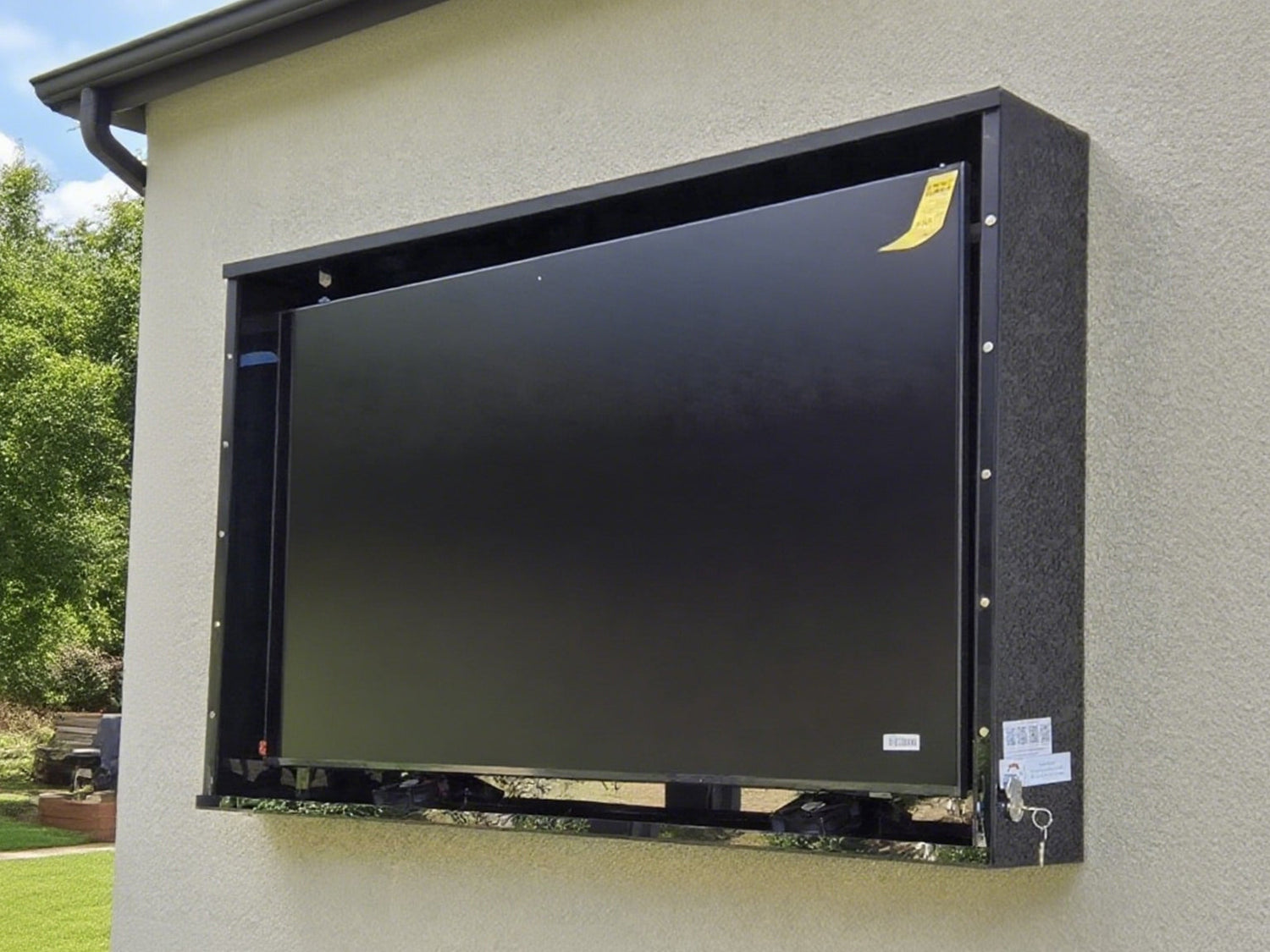
How to use a regular TV for outdoors
Can You Really Use a Regular TV Outdoors? Understanding the Risks
The short answer? It's complicated. A standard indoor TV isn't built to withstand the elements. Direct exposure to rain, sunlight, extreme temperatures, and even humidity can severely damage its internal components. As a result, simply placing your existing TV on the patio is a recipe for disaster. However, with the proper protection, you can significantly extend its lifespan.
The Vulnerabilities of Indoor TVs Outdoors
- Moisture: Humidity, rain, and even dew can corrode internal components, leading to short circuits and malfunctions.
- Temperature Extremes: Heat can cause overheating and damage to the screen and electronics. Cold temperatures can lead to screen cracking.
- Sunlight: Direct sunlight can fade the screen, reduce visibility, and potentially damage the LCD panel.
- Dust and Debris: Dust, pollen, and insects can infiltrate the TV and cause performance issues.
Weatherproofing Strategies: Protecting Your TV from the Elements
While you can't make a regular TV completely weatherproof, you can take steps to minimize the risks. Here are some strategies I recommend:
The Outdoor TV Enclosure: Your Best Defense
An outdoor TV enclosure is arguably the most effective way to protect your TV. These enclosures are designed to shield your TV from rain, dust, insects, and extreme temperatures. Look for enclosures with the following features:
- IP Rating: An IP (Ingress Protection) rating indicates the enclosure's level of protection against solids and liquids. Aim for an enclosure with a high IP rating, such as IP65 or higher, for optimal protection. SealTV outdoor enclosures are a good example.
- Temperature Control: Some enclosures include built-in fans or heaters to regulate the internal temperature, preventing overheating or cold-related damage.
- Durable Construction: Choose an enclosure made from durable materials like aluminum or high-impact plastic.
Weatherproof TV Cover: An Alternative (But Less Robust) Option
A weatherproof TV cover is a more affordable alternative to an enclosure, but it offers less protection. Covers are typically made from water-resistant materials and are designed to shield the TV from rain, dust, and sunlight when not in use.
Location, Location, Location: Choosing the Right Spot
Where you place your TV is crucial. Here are some tips:
- Avoid Direct Sunlight: Position the TV in a shaded area to prevent screen glare and potential damage from UV rays. Consider installing the TV under an awning, pergola, or covered patio.
- Minimize Moisture Exposure: Keep the TV away from areas prone to splashing water, such as near a pool or sprinkler system.
- Ensure Proper Ventilation: Make sure there's adequate airflow around the TV to prevent overheating, especially if using an enclosure.
Mounting Considerations: Stability and Protection
- Use an Outdoor-Rated Mount: A standard indoor TV mount may rust and corrode when exposed to the elements. Invest in a mount specifically designed for outdoor use. These mounts are typically made from weather-resistant materials like stainless steel or powder-coated aluminum.
Optimizing Viewing Experience: Brightness and Glare Reduction
Even with weather protection, you'll need to address brightness and glare to ensure a comfortable viewing experience.
- Choose a Bright TV: Look for a TV with a high brightness rating (measured in nits). The brighter the TV, the better it will perform in outdoor conditions.
- Consider Anti-Glare Features: Some TVs have anti-glare coatings that reduce reflections and improve visibility in bright sunlight.
Alternative Solutions: When an Outdoor TV is the Better Choice
While using a regular TV outdoors can be done, there are limitations. If you live in an area with harsh weather conditions, or if you want the best possible viewing experience, investing in a dedicated outdoor TV is the best option.
- Outdoor TVs: Brands like Furrion, Séura, and SunBrite offer TVs specifically designed for outdoor use. These TVs are built to withstand extreme temperatures, moisture, and sunlight. They also feature high brightness levels and anti-glare screens for optimal visibility. They are more expensive, but save you the worry of replacing your regular tv.
- Outdoor TV Enclosure:Acrtmatic best outdoor protective cover is theft-proof and durable, compatible with various screen devices. It is suitable for LCD, LED, and plasma TVs, and its carefully designed engineering makes it suitable not only for residential consumers but also for a wider market.
Conclusion: Enjoying Outdoor Entertainment Responsibly
As a CEO, I always look for cost-effective solutions, but it's essential to weigh the risks. Using a regular TV outdoors can be a viable option with the right precautions. However, remember that it's not a foolproof solution. Consider investing in an outdoor TV if you want long-term reliability and optimal performance. Prioritize protection, choose the right location, and optimize your viewing experience for the ultimate outdoor entertainment setup.
Ultimately, the best choice depends on your budget, climate, and desired level of protection. But by understanding the risks and taking the necessary precautions, you can enjoy your favorite shows in the great outdoors.
